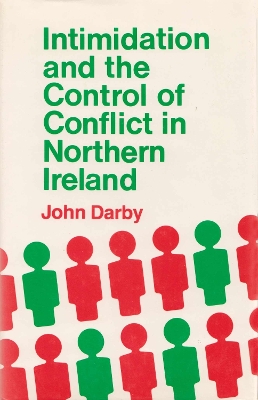Visitors to Northern Ireland are often surprised by its confusing mixture of day-to-day normality and general violence. When internment was introduced in August 1971 , for example, hordes of reporters were diverted from the world's other trouble spots to Belfast. They were driven from the airport through sunny peaceful countryside into a city busy with shoppers. Around the hotels favoured by visiting journalists, there were few obvious signs of disruption or violence. Yet less than a mile away, as they soon discovered, people were being killed and injured and more than 2,000 families had been forced by intimidation to evacuate their homes during the month of August.
The peace and the violence were aspects of the same reality. One was as characteristic of Northern Ireland as the other. The co-existence of normality and abnormality in such a small space is one of Northern Ireland's many contradictions, and is rooted in the dynamics of conflict and in the relationship between conflict and violence.
The core of this book is three communities in Northern Ireland. The experiences of people living in them are not typical. On the contrary, they have experienced much higher levels of violence, and live closer to the conflict than most people in the province. All three have suffered greatly from intimidation and the population movements which followed it. It was for this reason they were chosen, for the research aims to examine the process of community conflict through its most violent expression, and the ability of people to deal with its aftermath. What actually happens in a community which is experiencing violent disruption? What are the mechanisms and controls which enable a return to some sort of normality?
The emphasis throughout is on interactions and relationships at local level. Discussions of "the Northern Irish conflict" often concentrate on its political and international dimensions at the expense of its operation at ground level. The intention here is to examine the relationships between local interactions and these broader dimensions. The author argues that long familiarity with community conflict in Northern Ireland has led to the evolution of effective mechanisms to control relationships between the two communities; that these mechanisms are essentially local; and that their efficiency and variety hold the key to explaining why a conflict of such duration has not produced more serious levels of violence. They amount to a major and effective safeguard against the conflict expanding into a genocidal war.
- ISBN10 0815623941
- ISBN13 9780815623946
- Publish Date 1 January 1987
- Publish Status Active
- Publish Country US
- Imprint Syracuse University Press
- Format Hardcover
- Pages 204
- Language English
